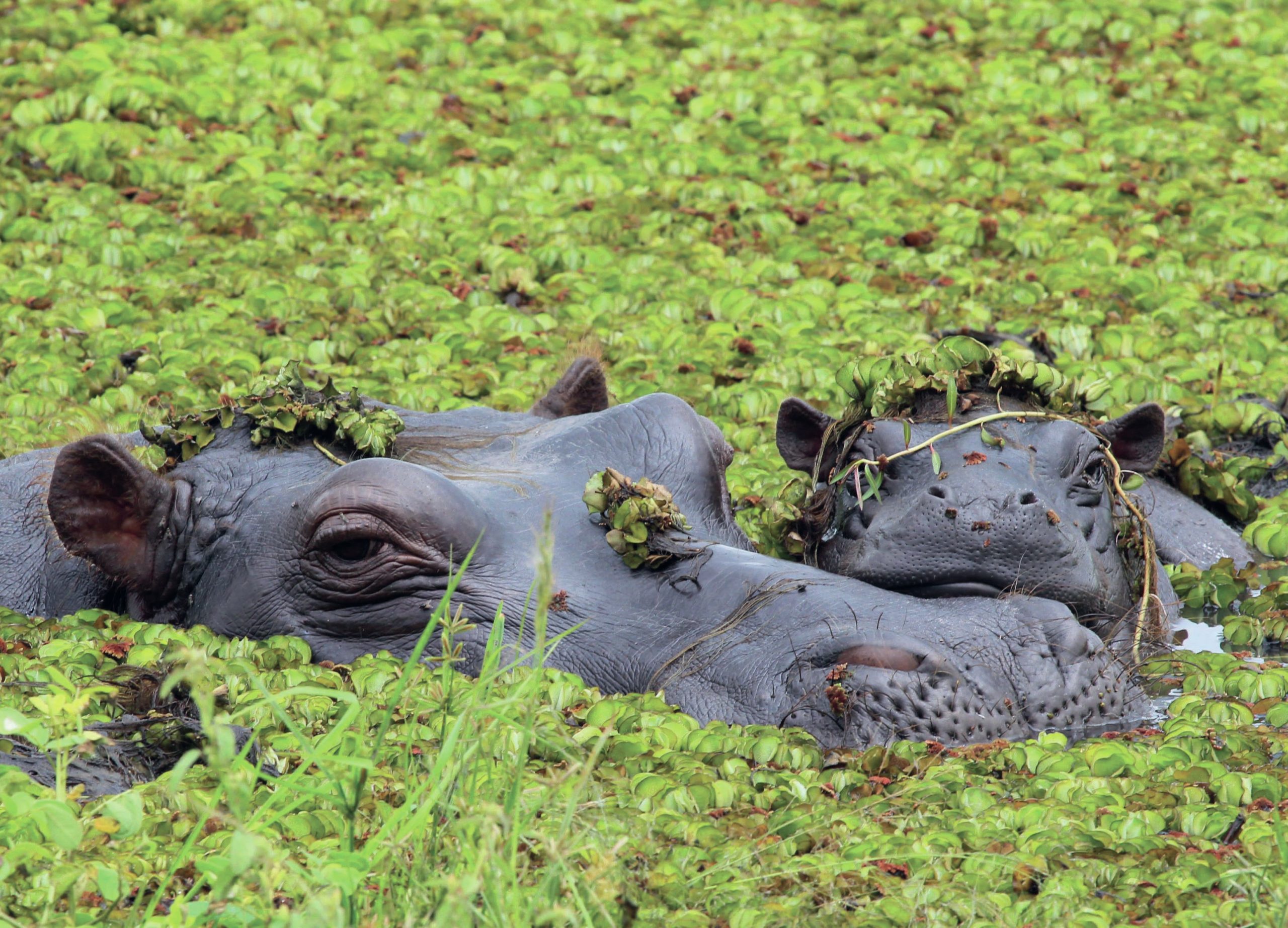
Wetlands are areas that are periodically or continuously inundated by shallow water or have saturated soils, while drylands are areas that have an overall water deficit. The idea of ‘wetlands in drylands’ sounds illogical, but many drylands contain wetlands, including lakes, floodplains, marshes, swamps, pans and oases (Box 1). These wetlands are important in landscape and ecosystem dynamics, and also exert strong influences on human use of these marginal environments.
Wetlands can exist in drylands wherever there are local water surpluses for at least part of the time. For instance, they may be maintained by river inflows combined with factors that impede drainage or infiltration, including rock outcrops, clay-rich soils and ponding by sediments. Together with variations in sediment supply, vegetation and levels of animal activity, this creates a diverse range of wetlands on a continuum from permanently inundated, to seasonally inundated, to ephemerally inundated.
Your organisation does not have access to this article.
Sign up today to give your students the edge they need to achieve their best grades with subject expertise
Subscribe




